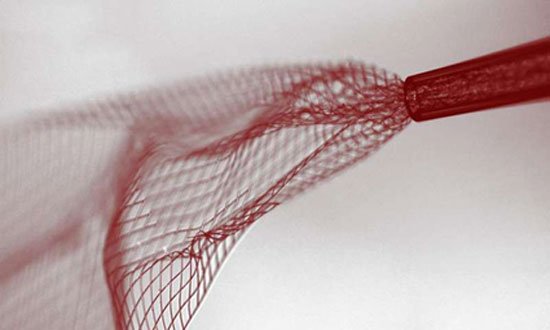
It is highly unlikely that you can understand what the image shows, and it is even more unlikely that you would think something like this could be possible. The photo is magnified. On the right is the tip of a hypodermic needle. And this mesh-like structure emerging from the needle’s hole is an electronic circuit in liquid form.
An international team of researchers from various specialties, under the auspices of Charles Lieber’s Lab, presented this past June this liquid material that is a nanoscale circuit. This liquid can be injected into an organism, like any injectable drug. Once inside, it can “interface” with (external) electronic devices and, according to its inventors, it can monitor the body’s nerve activity, repair tissues, and even transmit signals to neurons.
Charles Lieber made triumphant statements. “I feel that what we have achieved has revolutionary potential. An entirely new field is opening up, where we can study the interaction between electronic structures and biology. Over the past 30 years significant steps have been taken toward ever smaller microscale, but no one has tackled this issue—the electronics/cell interaction—at the level at which biology operates.”
The prospect of the invention is (what else?) therapeutic. In the future, therefore, we should be rid of the itching. Scratching might cause some damage to the circuit/drug.
